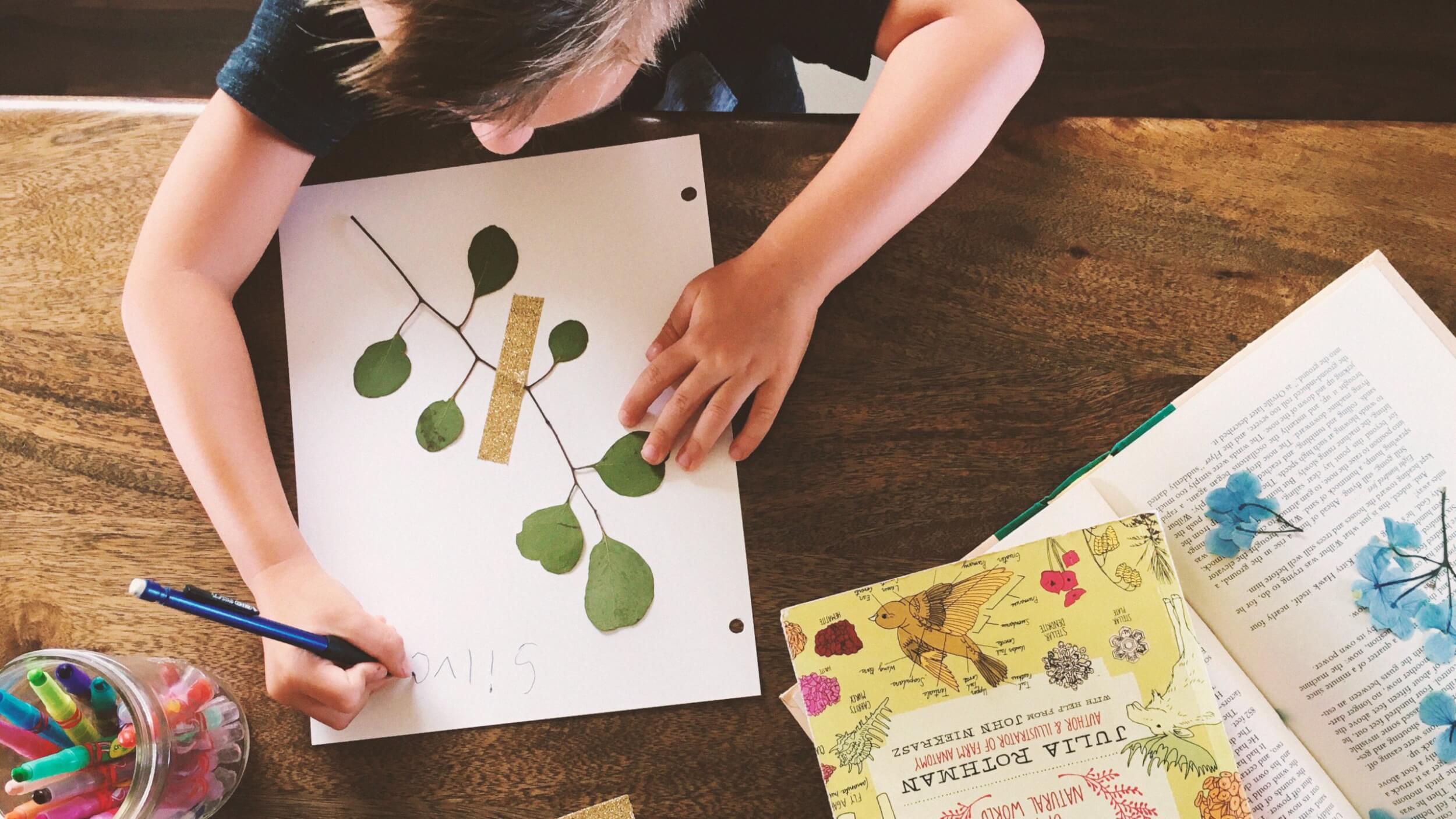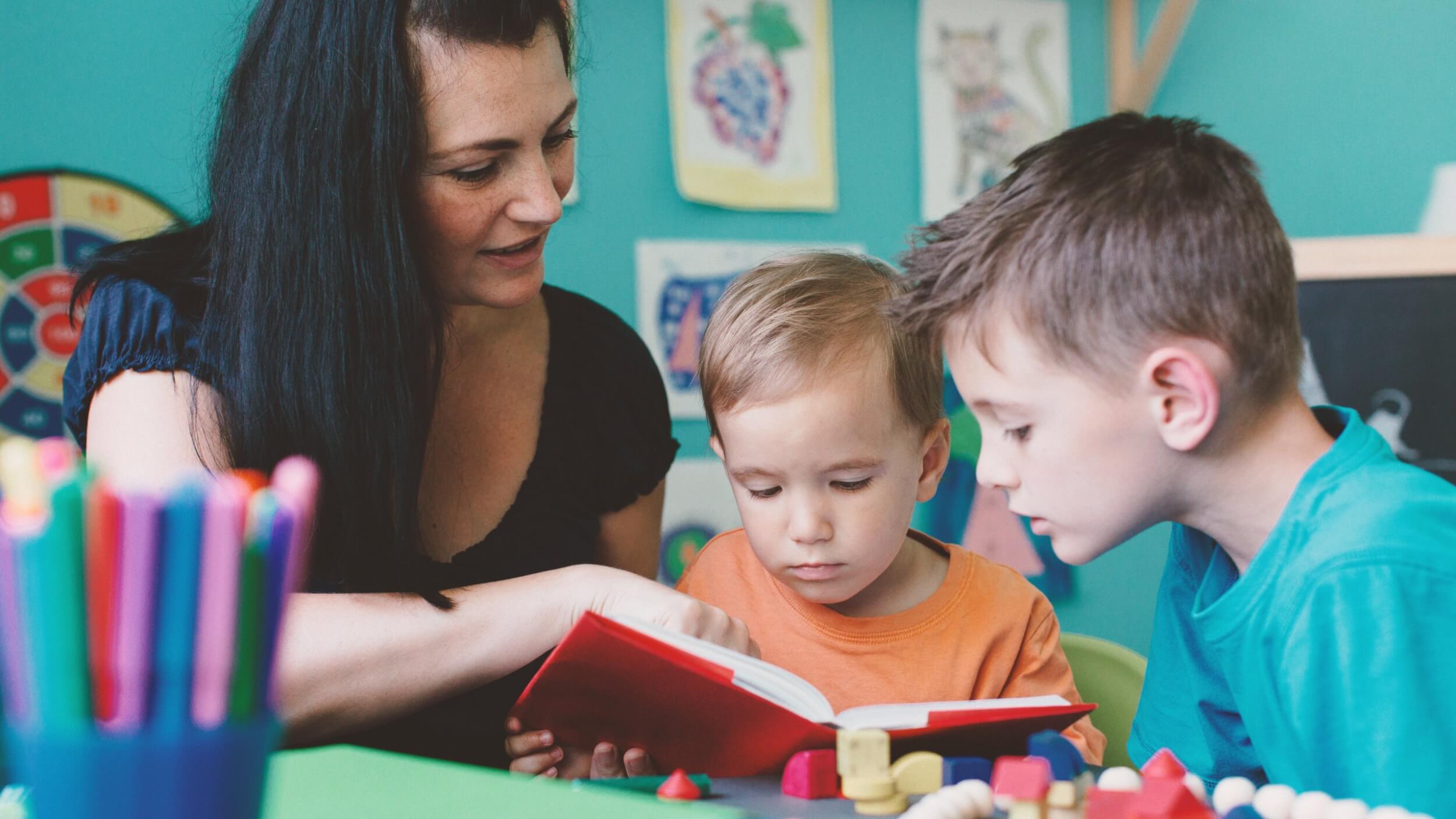
This past week, I reached out to my local homeschooling community for words of support and wisdom to offer to all of the parents who have suddenly and unexpectedly found themselves thrust into the world of homeschooling.
I received over 50 incredibly thoughtful responses and I’ve organized their collective wisdom into two main themes: Social/Emotional and Logistical. Let’s dive in.
THEME NUMBER ONE: The Social and Emotional Aspect of Homeschooling
Prioritize the relationship:
I know this may go without saying, but many parents chimed in about the importance of holding a loving parent/child relationship above a teacher/student relationship. When you are suddenly responsible for much of your child’s learning, roles can take an unexpected shift. As one parent said, ”The relationship you build with your child is more important than any academic challenge you face.” Another mom echoed, “They can always catch up on subjects. The memory of laughing with you and having special time and attention is much more valuable to every part of their lives and futures.”
Stay Calm:
A handful of parents conveyed the importance of staying calm as we experience this collective, community trauma. Focus on what is in your control right now and try to create feelings of safety, connection, and peace at home. Along these lines, there was gentle encouragement to lower your standards and make adjustments as you go. None of us, not even seasoned homeschoolers, do this perfectly. Stay connected to your breath, your body, and your kids, and let everything else unfold at its own pace. As one wise mother said, “We need to be gentle and patient with our kids, and towards ourselves, too.”
Go Easy on Yourself:
Be kind and patient with yourself during this process. This is about finding some semblance of normalcy in an abnormal situation. As many homeschooling parents noted, this isn’t a traditional homeschool model, in that we are all being encouraged (and in some parts of the country, required) to stay home. Most homeschoolers spend many hours each day at museums, libraries, extracurricular classes, and park meet-ups with their friends and communities. Home-confinement is new for all of us, so find what works for you and take it one day at a time.
Trust the process:
As most parents realize, learning happens everyday, in large and small ways. Trusting the process allows us to take a deep breath and worry less about external markers of success. As one parent succinctly encouraged, “Try to let go of what ‘learning’ looks like in school. Learning happens everywhere, all the time.”
Keep it Simple:
One parent offered, “The biggest advice I can give is to verify whether your school will even grade anything your learner(s) work on during this time.” To this point, take some pressure off of yourself. Most of us are not credentialed teachers. Our primary role is to support and encourage our children’s learning. See what your child’s school is absolutely requiring during the safer-at-home period and as much as possible, let go of the rest.

THEME NUMBER TWO: The Logistics of Homeschooling
Don’t Duplicate School at Home:
The voices were unanimous in advising parents not to try to replicate your child’s school at home. It’s a completely different system and environment. Out-of-the-box thinking creates opportunities to learn daily in many things that you do at home already. Your kids will likely be able to finish their daily work at home in a fraction of the time that it would take to complete a typical school day. Let them have the rest of the day to follow their own interests, learn a new hobby, or binge-read their favorite book series. (In my house this week, we are reading a lot of Sarah & Duck and Percy Jackson.)
Be Flexible with Your Schedule:
Don’t worry too much about keeping a precise schedule like traditional schools do. For some families, the structure of a schedule can provide a sense of order and calm. If so, use it. If not, let it go. One of the benefits of homeschooling is the freedom to do what works best for your family. Find out what each family member is needing and include those needs in structuring your day.
Follow your child’s lead and collaborate:
A strong theme emerged in the responses supporting child-led learning and collaboration. Discover your child’s interests and provide opportunities to go deeper into what they’re most curious about. Many kids learn best when they have the freedom and autonomy to pursue their passions. Find a balance between completing work required by their school and allowing lots of time and space for them to explore their own interests.
As one mom encouraged, “Realize that your goal is to encourage your child’s love of learning.” Another parent concurred, “Let them grow their passions and love for learning on their own. Each child has their own timeline and their own way of learning.” Homeschooling provides the freedom to nurture and grow those individual passions.
Be Creative:
I received so many imaginative suggestions for how to keep things interesting and engaging at home. (Bonus: many of these ideas don’t require any type of curriculum!) The ideas included: music and art (you could take a museum tour or learn how to play an instrument online); a cup of tea and a good book; cooking a meal together and doubling the recipe (here is an opportunity to discuss multiplication, fractions, and the scientific process of baking); watching birds in the backyard and then identifying them in a nature book; experimenting with physics and architecture by building a cardboard fort or a Rube Golderberg machine; performing original plays in the living room; writing letters to pen-pals; or learning a new handicraft such as knitting or quilting. The possibilities are endless and each one can be connected back to learning.
Allow Technology to Fill in Gaps:
There’s no shortage of resources for online learning. More seem to be popping up each day and many are being offered for free during the school closures. Try not to get overwhelmed by all of the choices. Find one or two that work for your family and let your kids engage with them while you catch your breath or get some of your own work done. One parent shared “I now use ABC Mouse with my 5-year old, and there is also Khan Academy which is totally free and amazing, with hundreds of programs that do the work for you.” We are not meant to do this alone. Make use of what is available if it lightens your load.
And last but certainly not least:
Access support:
A final powerful message that the homeschooling community shared in our discussion was this:
“You are not alone.”
There is a vast community of homeschoolers who are available to answer your questions and offer support. The words of wisdom quoted in this article came from the wise, dedicated, thoughtful, and creative parents from two of LA’s most thriving homeschool communities: Homeschooling LA and Thrive Homeschoolers – Los Angeles. You can find them on their respective Facebook groups or you can reach out to me directly.
Let me know how you’re doing, what you’re needing, and how I can support you. We are all in this together and we will get through this together.
